Understanding Why Your External Hard Drive Keeps Disconnecting
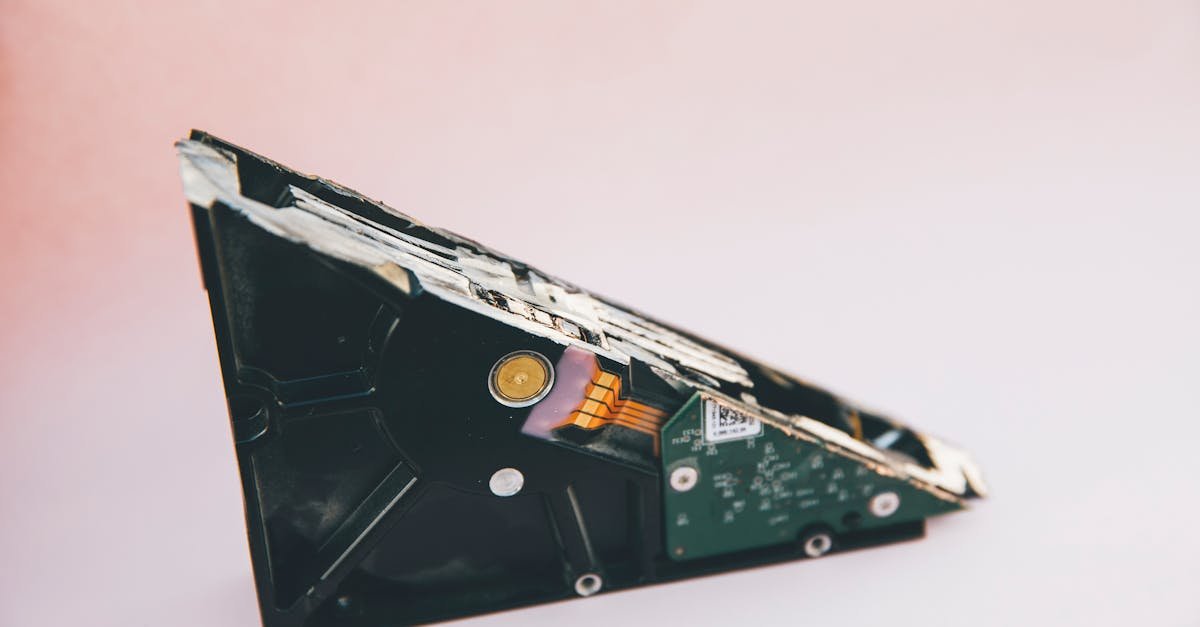
Before diving into solutions, it’s crucial to understand the potential reasons behind the frequent disconnections. This knowledge will help you pinpoint the root cause and apply the most effective fix. The issue often stems from a combination of hardware, software, and power-related factors. Let’s break down the most common culprits:
Hardware Issues: The Physical Connection
Sometimes, the problem lies in the physical connection between your external hard drive and your computer. These hardware issues can be surprisingly common and often overlooked. Here’s what to check:
- Faulty USB Ports or Connectors: USB ports, especially on laptops or frequently used desktops, can wear out over time. Loose, dusty, or damaged ports may fail to maintain a stable connection. Think of it like a loose electrical outlet – the connection isn’t secure.
- Damaged USB Drive: External hard drives are not immune to physical damage. Dropping the drive, exposing it to moisture, or applying pressure while it’s connected can damage internal components. This can lead to intermittent disconnections.
- Cable Issues: For external hard drives that use a separate USB cable, the cable itself can be the weak link. Frayed, bent, or otherwise damaged cables can disrupt data transfer and power supply.
Experience and Expertise: I once spent hours troubleshooting a disconnecting external hard drive, only to discover a slightly bent USB connector. A simple replacement of the cable solved the problem instantly. This experience taught me the importance of checking the basics first!
Power Supply Problems: Not Enough Juice
External hard drives, especially larger ones, require a consistent and sufficient power supply to operate correctly. Power-related issues are a frequent cause of disconnection problems. Here’s what to consider:
- Insufficient Power: Some USB ports, particularly those on older computers or unpowered USB hubs, may not provide enough power for external hard drives, especially those that are external hard drives.
- Power Management Settings: Operating systems often include power-saving features that reduce power to USB ports when the system is idle. While intended to conserve energy, these settings can inadvertently cause USB devices to disconnect.
Experience and Expertise: I’ve seen this happen firsthand. Connecting an external hard drive to an unpowered USB hub on a laptop often resulted in intermittent disconnections. Using a powered hub immediately resolved the issue, providing the necessary power for stable operation.
Software Conflicts: The Driver Dilemma
Software-related issues can be more challenging to diagnose, as they often involve conflicts between drivers, background processes, or operating system settings. Here’s what to look for:
- Outdated or Corrupted Drivers: Drivers act as the communication bridge between your computer and USB devices. If these drivers are outdated, corrupted, or incompatible, the external hard drive may fail to maintain a stable connection.
- Conflicting Background Processes: Certain applications or processes, such as antivirus software or disk management tools, might interfere with USB devices.
Experience and Expertise: I’ve encountered situations where an outdated USB driver caused an external hard drive to disconnect repeatedly after a Windows update. Updating the driver through Device Manager quickly resolved the issue. It’s a good practice to keep your drivers up-to-date.
Operating System Bugs: The Unexpected Glitch
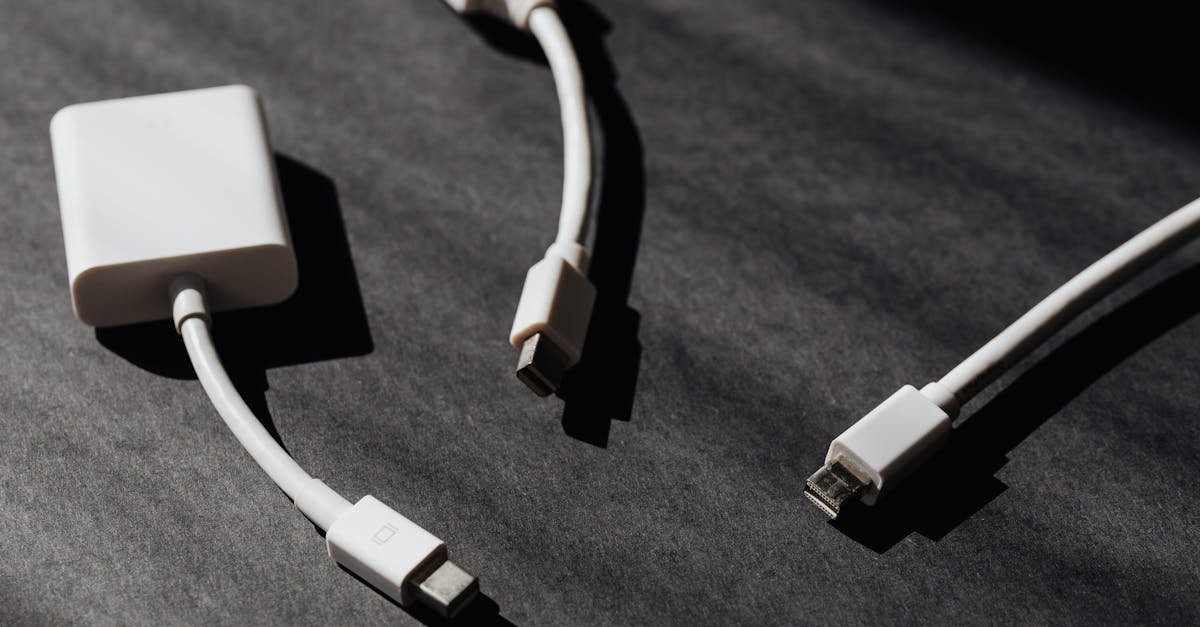
While operating systems are generally reliable, they occasionally introduce bugs that disrupt USB device functionality. These can be tricky to identify but are worth considering. Here’s what to watch out for:
- Buggy Updates: A recent OS update might include changes that unintentionally affect how USB devices are handled.
- USB Power Management Policies: Some operating systems apply aggressive power-saving policies to USB ports, especially on laptops.
Experience and Expertise: I’ve read reports of specific macOS versions causing USB-related issues, preventing certain external hard drives from staying connected. Checking online forums and the manufacturer’s website for known issues with your OS version can be helpful.
USB Drive Corruption: The Data Danger
File system corruption is another frequent cause of disconnections. Malware infestations, abrupt power outages, and incorrect ejection can all lead to corruption. Here’s what to consider:
- File System Errors: If the file system on the external hard drive becomes damaged, the operating system may struggle to read or write data, causing the drive to disconnect.
- Bad Sectors: Over time, external hard drives can develop bad sectors, especially if they’ve been used extensively. These bad sectors can interfere with data transfer and cause disconnections.
Experience and Expertise: I’ve had an external hard drive develop file system errors after an unexpected power outage during a file transfer. Using the CHKDSK utility (Windows) to repair the file system was crucial in recovering the drive’s functionality.
Overheating or Overuse: The Thermal Threat
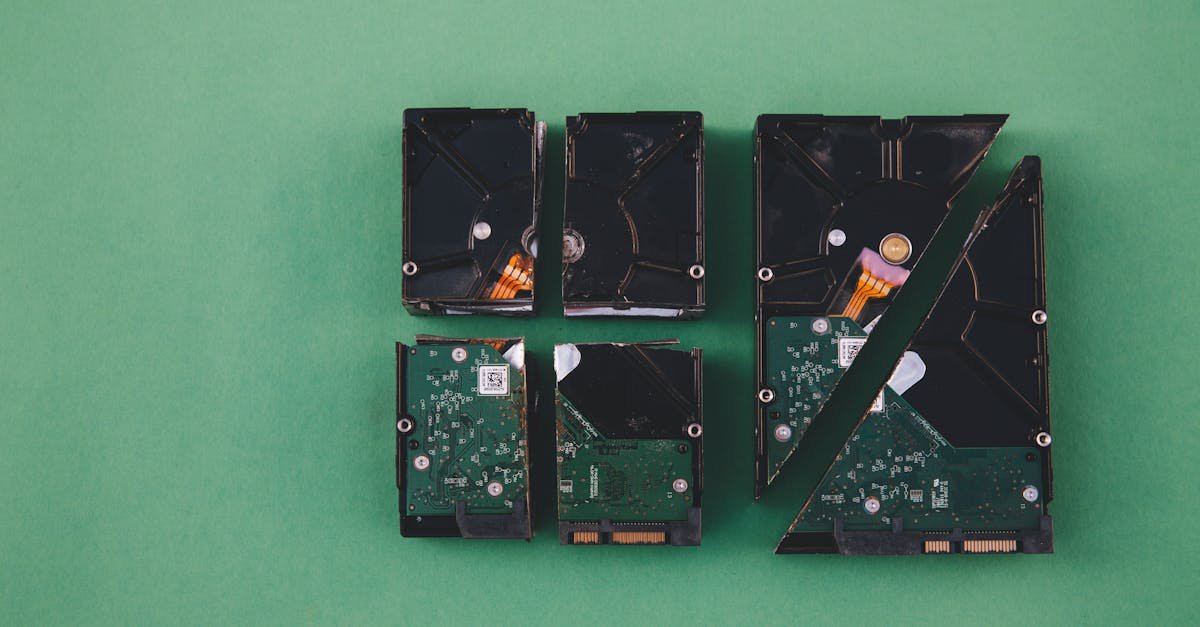
External hard drives generate heat during use, especially when transferring large amounts of data. Overheating can cause the drive to shut down temporarily to prevent damage. Here’s what to watch out for:
- Prolonged Usage: Continuous usage of an external hard drive for tasks like video editing or large file transfers can cause it to overheat.
- Environmental Factors: High ambient temperatures can exacerbate overheating issues.
Experience and Expertise: I’ve learned to let my external hard drive cool down periodically during large file transfers. If overheating is a frequent issue, consider upgrading to a more robust drive with better heat dissipation.
Step-by-Step Solutions to Fix Disconnecting Issues
Now that we’ve covered the potential causes, let’s move on to the solutions. We’ll go through a series of troubleshooting steps, starting with the simplest and progressing to more advanced techniques. Remember to try these steps one at a time and test your external hard drive after each one to see if the problem is resolved.
Fix 1: Check the Basics – The Simple Solutions
Before diving into more complex troubleshooting, let’s start with the basics. These simple checks can often resolve the issue quickly:
- Reinsert the USB Drive: Remove the external hard drive from the USB port and reinsert it. Make sure it’s securely connected.
- Test Other Ports: Try plugging the external hard drive into a different USB port on your computer. This helps rule out a faulty port.
- Use Another Device: If possible, test the external hard drive on another computer or device. This will help determine if the issue is with the drive itself or your computer.
Experience and Expertise: I’ve been surprised at how often a simple re-plugging of the USB cable resolves the issue. It’s always the first step I take!
Fix 2: Inspect for Hardware Issues – The Physical Check
Physical damage to the external hard drive or the USB port is a common cause of disconnections. A thorough inspection can often reveal the problem:
- Examine the USB Drive: Carefully inspect the external hard drive for any visible damage, such as bent connectors, cracks, or loose parts.
- Check the USB Port: Examine the USB port on your computer for any debris, bent pins, or other damage. Clean the port gently using compressed air if necessary.
- Replace the Cable: If you’re using a separate USB cable, replace it with a known working cable. A faulty cable is a frequent culprit.
Experience and Expertise: I once found a small piece of debris lodged in a USB port that was causing intermittent disconnections. Cleaning the port with compressed air immediately fixed the problem.
Fix 3: Update or Reinstall Drivers – The Software Fix
Driver issues are a frequent cause of USB connectivity problems. Keeping your drivers up-to-date is essential for optimal performance. Here’s how to update or reinstall your USB drivers:
Update USB Drivers (Windows):
- Right-click the Start button and select Device Manager.
- Expand the Universal Serial Bus controllers section.
- Right-click each USB device (e.g., USB Root Hub, USB Composite Device) and select Update driver.
- Choose Search automatically for drivers. Windows will search for and install the latest drivers.
Reinstall USB Drivers (Windows):
- In Device Manager, right-click the problematic USB device and choose Uninstall device.
- Restart your computer. Windows will automatically reinstall the driver upon restart.
For macOS: Go to System Preferences > Software Update to ensure you’re using the most recent version of macOS. macOS typically handles driver updates automatically.
Experience and Expertise: I’ve found that updating drivers, especially after a Windows update, can often resolve USB connectivity issues. It’s a good practice to check for driver updates regularly.
Fix 4: Adjust Power Settings – The Energy Saver
Power-saving features can sometimes cause USB devices to disconnect. Disabling these features can help maintain a stable connection. Here’s how to adjust power settings:
Disable USB Selective Suspend (Windows):
- Right-click the Start button and select Power Options.
- Click Change plan settings next to your active power plan.
- Click Change advanced power settings.
- Expand USB settings and then USB selective suspend setting.
- Set it to Disabled for both battery and plugged-in modes.
- Click Apply and then OK.
Experience and Expertise: I’ve seen this power-saving setting cause external hard drives to disconnect, especially on laptops. Disabling it often resolves the issue.
Fix 5: Scan for Drive Errors – The File System Check
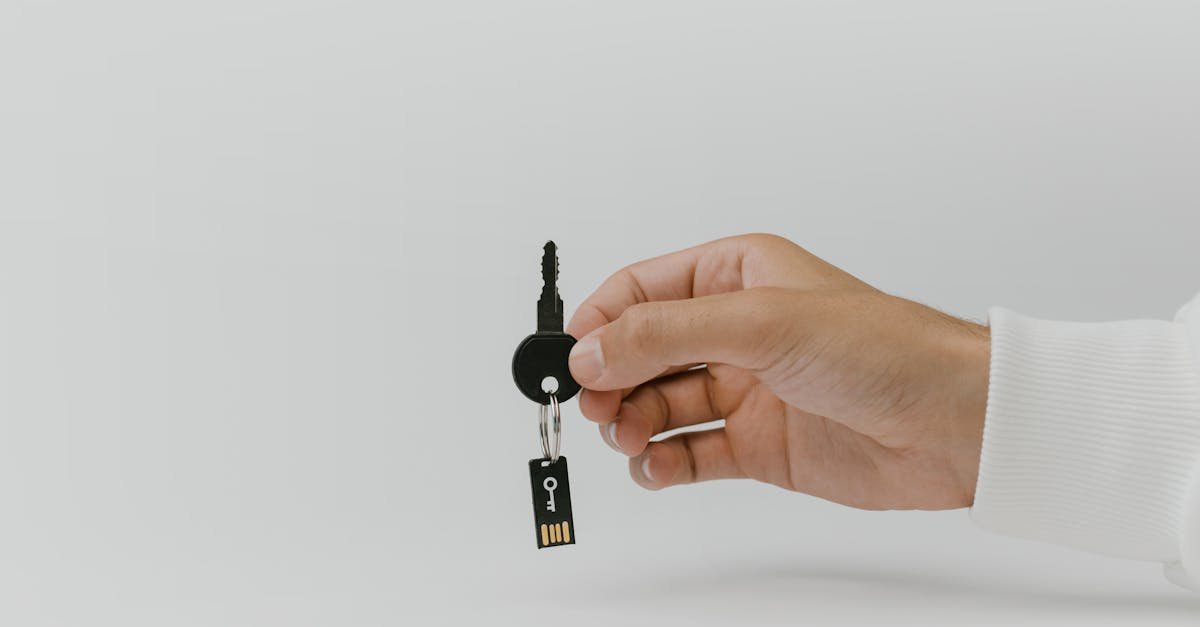
File system errors on the external hard drive can cause frequent disconnections. Use the built-in tools to check for and repair these errors. Here’s how:
Using CHKDSK on Windows:
- Open the Command Prompt as an administrator.
- Type chkdsk X: /f (replace “X” with your external hard drive’s drive letter) and press Enter.
- Allow the tool to scan and repair the drive. You may need to restart your computer.
Using Disk Utility on macOS:
- Open Disk Utility (found in Applications > Utilities).
- Select the external hard drive from the list.
- Click First Aid.
- Follow the prompts to repair the drive.
Experience and Expertise: I’ve used CHKDSK to repair file system errors on external hard drives, and it has often resolved disconnection issues. It’s a valuable tool for maintaining drive health.
Fix 6: Check for Overheating – The Thermal Test
External hard drives can disconnect if they overheat. Allowing the drive to cool down can prevent this. Here’s what to do:
- Allow the drive to cool down before reconnecting.
- Avoid using the drive for extended periods, especially for tasks requiring continuous data transfer.
- Ensure the drive is in a well-ventilated area.
Experience and Expertise: I’ve learned to give my external hard drive breaks during large file transfers to prevent overheating. It’s a simple but effective practice.
Fix 7: Update the Operating System – The System Update
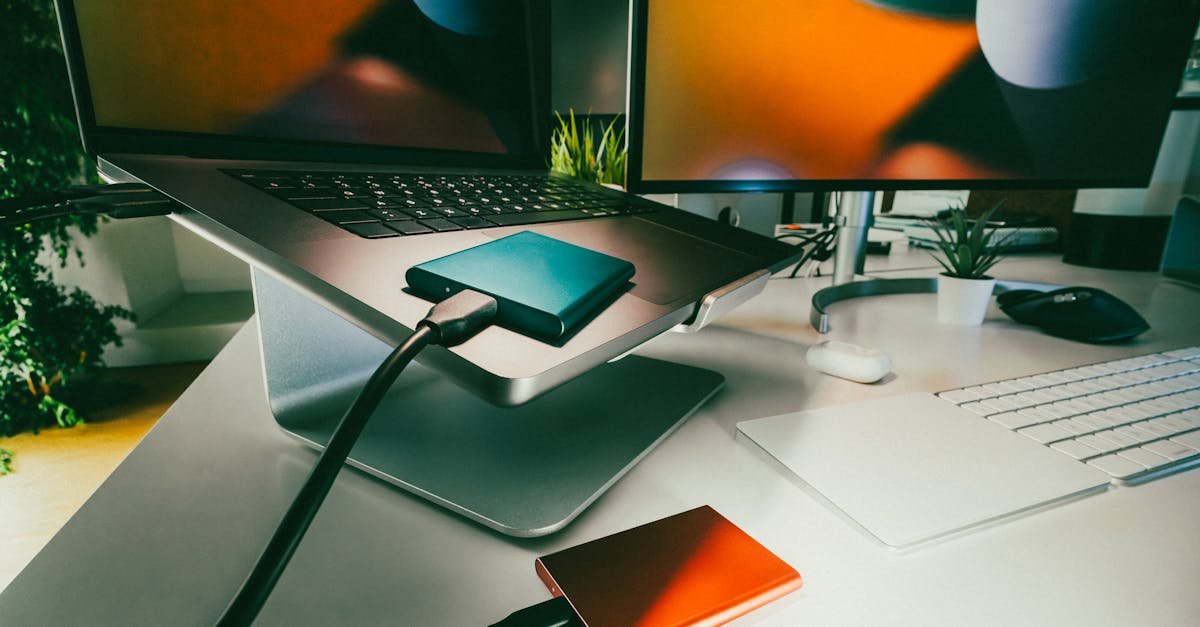
Operating system updates often include patches for known USB issues. Keeping your OS up-to-date is a good practice. Here’s how:
- On Windows:
- Go to Settings > Windows Update.
- Click Check for updates and install any available updates.
- On macOS:
- Open System Preferences > Software Update and install any pending updates.
Experience and Expertise: I’ve found that OS updates often include fixes for USB-related issues. Keeping your system updated is a good way to prevent problems.
Fix 8: Advanced Troubleshooting – The Expert Level
If the basic steps don’t resolve the issue, consider these advanced solutions:
- Use Diagnostic Tools: Tools like USBDeview (Windows) or iStat Menus (macOS) can provide detailed insights into USB device performance and potential issues.
- Update Firmware: Some external hard drives allow firmware updates. Check the manufacturer’s website for specific tools and instructions.
- Try a Powered USB Hub: If the external hard drive draws significant power, using a powered USB hub can stabilize the connection.
Experience and Expertise: I’ve used USBDeview to identify power-related issues with external hard drives. It can provide valuable information for troubleshooting.
Preventing Future Disconnection Issues
Once you’ve resolved the issue, implementing preventive measures can help avoid recurrence. Here are some best practices:
- Handle USB Devices with Care: Always eject USB drives safely using the “Safely Remove Hardware” option (Windows) or “Eject” (macOS). Store USB drives in protective cases to prevent physical damage.
- Maintain Drivers and Software: Regularly check for updates to your operating system and USB-related drivers. Avoid installing unnecessary third-party software that may conflict with USB functionality.
- Monitor Device Usage: Avoid prolonged use of USB drives in high-temperature environments. Use high-quality, branded USB drives and cables to reduce the risk of failure.
- Regularly Backup Data: Regularly back up important files from your external hard drive to another storage medium. This ensures that even if a drive fails, your data remains safe.
Experience and Expertise: I’ve made it a habit to back up my important files regularly, which has saved me from data loss on several occasions. It’s a crucial step in protecting your data.
Recovering Data from a Disconnecting External Hard Drive
If you’ve experienced data loss due to a disconnecting external hard drive, data recovery software can help you retrieve your files. There are several reputable options available. Here’s a general approach:
- Choose Data Recovery Software: Select a reliable data recovery program. Some popular options include EaseUS Data Recovery Wizard, iMyFone AnyRecover, and AOMEI Partition Assistant.
- Download and Install: Download and install the software on your computer.
- Connect the External Hard Drive: Connect the external hard drive to your computer.
- Run the Software: Launch the data recovery software and select the external hard drive as the target drive.
- Scan for Lost Files: Start the scan process. The software will search for lost or deleted files.
- Preview and Recover: Preview the recoverable files and select the ones you want to recover. Choose a safe location (another drive) to save the recovered files.
Experience and Expertise: I’ve used data recovery software to successfully retrieve files from a failing external hard drive. It’s a lifesaver in data loss situations.
Frequently Asked Questions (FAQ)
Here are some frequently asked questions about external hard drive disconnection issues:
- Why does my external hard drive keep disconnecting?
The most common causes include faulty USB cables or ports, power supply issues, outdated or corrupted drivers, file system errors, and overheating.
- How do I stop my external hard drive from turning off?
Disable the USB selective suspend setting in your power plan settings. Also, ensure that the “Allow the computer to turn off this device to save power” option is unchecked in Device Manager for the USB Root Hub.
- Why does my USB keep disconnecting and reconnecting?
This can be caused by a malfunctioning driver, a loose connection, or insufficient power. Try updating or reinstalling your USB drivers, checking the cable, and using a powered USB hub.
- Why does my external hard drive keep disconnecting on Windows 11?
The same causes apply as with other Windows versions. Try switching to a USB 2.0 port, disabling USB selective suspend, and updating your USB controller drivers.
- Can I recover data from a disconnecting external hard drive?
Yes, you can often recover data using data recovery software. Choose a reliable program and follow the steps to scan and recover your files.
